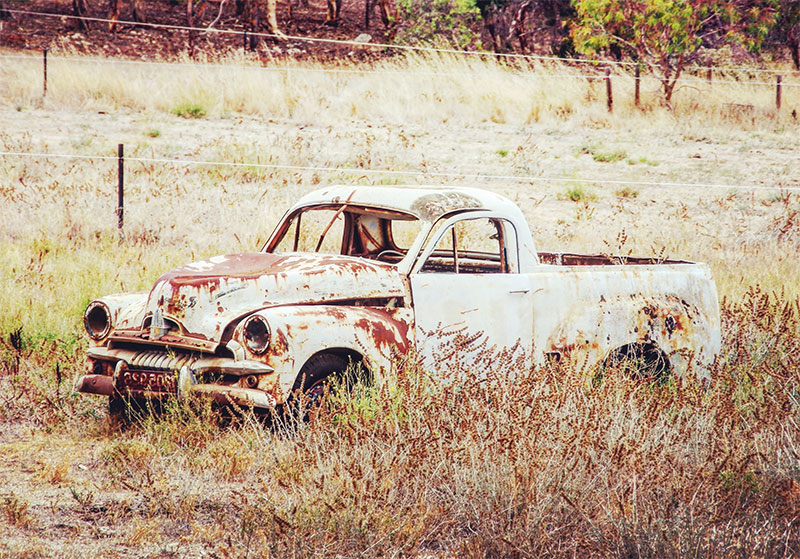Rust can be a problem even for newer cars. So we have compiled a list of the most vulnerable points of the body. Unless you have a car with an aluminum, carbon or fiberglass body, sooner or later you will have problems with rust. Admittedly, it’s no longer the old days when a driver kept the same car for decades, now changing the car quite often before rust sets in.
But even so, if we don’t take care of our car, we can find rust spots on cars that are old and several years old, so it doesn’t hurt to know where the rust first appears.
Front side wings
The most vulnerable place to rust is definitely above the front wheels. Where the tire throws up gravel and nibbles at the sheet metal’s protective layer, i.e. varnish and paint, reaching the metal underneath.
This is how rust is established, which starts from some small points, barely visible, but which spreads very quickly, just like tooth decay.
The dots turn into bumps under the paint, then into holes on either side of the wing. If we fix the first signs of rust, then we will not have problems with the wing, but if it has already reached the bumps, we need to urgently get to a tin.
Or, perhaps the simplest option, let’s replace the wing. If we’re lucky, we can even find one at a salvage yard, painted directly in the color of our car, which will save us money.
Tailgate
Hatchbacks or SUVs are prone to rust in the tailgate area (where the rear window wiper is). Rust usually appears on the bottom of the rear window or where the wiper hole is. Water leakage and internal accumulation are the causes that lead to rust in this area of the body.
Rear wings
As with the front fenders, the rear fenders are also rusting at the bottom. Also for this reason, the wheels throw up grit that wipes away the paint, leaving the metal unprotected.
There is also rust on the rear fenders and around the gas filler door as there are more factory welds and due to the design there is always a little bit of collected water. Many cars do not have additional plastic fender protection at the back, which leads to rust on the inside.

Side sills
The side sills is another area where car rust occurs. In the old days our grandparents filled the door sills with oil and vaseline to prevent rust.
Sills rust because they have holes, either from jacking or factory welds, through which rainwater enters. In fact, all the water that drains from the doors and from the wings reaches the threshold, in the space between the doors.
Rust also appears on the thresholds because passengers repeatedly wipe the paint with their shoes. But it can also come from gravel and grit thrown up by the wheels.
Rust on the door
Door handles are another area where rust sets in. By the simple fact that it is an area with many holes and bends, but also with permanent movement. Any car handle is a prone area to rust because there is friction between the plastic parts and the door panel, leaving the metal exposed.
Any bodywork element repaired
If our car has had a minor accident and that part or area has been repaired, over time, if we are not careful, rust will appear very easily. For example, if a repaired area is later patched or touched up, this means that the material under the paint, such as grout, is cracking and allowing water to enter.
Likewise, if the repair was not done well and the sheet metal was not completely cleaned of rust. It starts working and bumps will appear pretty quickly, followed by holes.
There are still areas of the car that can rust. For example, the bottom of the side doors, where water collects if the water drain holes in the door become clogged. Or the area of the damper pots, underneath and so on.
But if we pay a little attention to our car and as soon as we see the first yellow or brown signs of rust we act by cleaning the area, it will not spread to cause big expenses.
